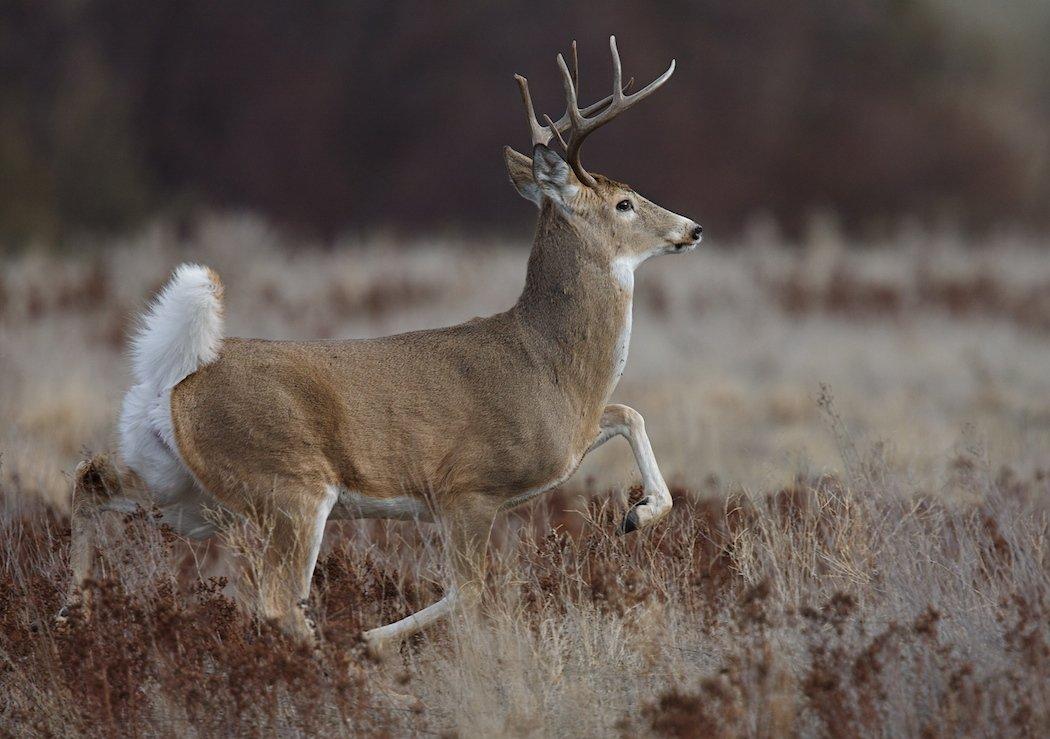Do you agree with these thoughts?
Over the years, I've seen or heard of many bow-taken deer that were shot through the liver. Had the arrow been a touch farther back, chances are the deer would never have been found. I've also heard horror tales of deer that were hit too low or too high in the chest area, which resulted in either a superficial wound or the lack of a good blood trail to follow. These observations have verified what I have surmised for a long time -- that some bowhunters fail to fully understand the organ placement anatomy of deer or the angle their released broadhead travels once it enters the animal.
The old rule of thumb that an adult whitetail's vital area is roughly the size of a 12-inch paper plate can be misleading. Certainly the area containing the lungs and heart would fall within that category, but they're farther forward than some hunters realize, which is why so many "lung shots" end up hitting the liver instead. Also, the severe shooting angles created by the elevation of a treestand means the shooter has to envision the actual path the arrow takes as it passes through the vital area, and not just where it enters the skin.
Viewed from directly overhead, a whitetails' ribcage width is only about 12 to 14 inches, and any arrow entering it from above and at roughly a 45-degree angle could easily penetrate just one lung and totally miss the other. Or, it could miss both lungs as well as the heart. This is especially applicable to shot placement that's too low. When the angle becomes less severe -- say, under 20 degrees -- shot placement that's high in the ribcage will penetrate both lungs, but may not result in a good blood trail because the bleeding will be contained in the chest cavity.
I recall one buck that came directly under my stand, resulting in nearly a straight-down shot. Dense cover a few feet from the direction it was walking meant I had to take that shot opportunity or pass. Knowing the location of the buck's heart, I sent the broadhead nearly straight down, just missing the spine, through part of the near-side lung, and then through the heart. The buck sprinted no more than 60 yards and collapsed. Had I not been able to visualize exactly where my arrow would pass through the buck, I never would've taken that particular shot because of the severe angle. So, before you send an arrow into a deer's "vital zone," take a few seconds to consider your shot angle as it relates to those vital organs. It is, indeed, vital.
Don't Miss: You Shot a Deer. Here's How to Find It.
Check out more stories, videos and educational how-to's on deer hunting.







